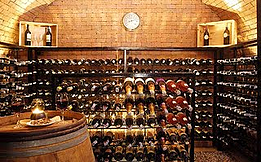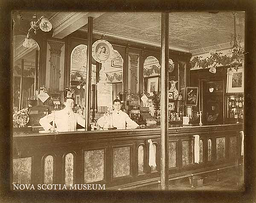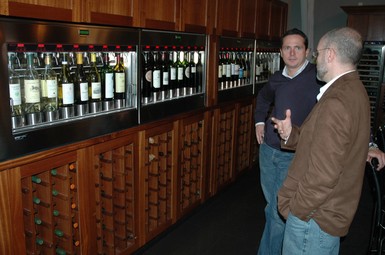
Wine inventory software
If you a re considering a wine inventory software, it is important your start from the basics and move up. Simple questions you should ask yourself:
- How extensive is my wine list?
- Will I serve wine only by the glass or also by the bottle?
- Does my wine inventory software need to manage multiple wine storage cellars?
- Can the wine inventory software I plan to purchase offer a feature that allows and suggest the best marriages between wine and the meal that is being served?
- Can my wine inventory software not only manage wines by region, color and grape varietal, but also by vintage?
- Can my wine inventory software flag me when a specific variety in inventory has reached its peak and ready to be served?
- Does my wine inventory software consider the purchase price of the wine and with age its update value?
Wine inventory software is a tool that can help you increase sales and decrease shrinkage. Simply know what needs to be ordered and how much needs to be ordered can avoid the sometimes embarrassing scenarios when we are out a variety, but it also helps us control the quantity we are buying. We must consider the following when buying wine, ordering to much wine of a certain variety or vintage can lead to overstocking and that creates a situation where our money is tied up in inventory and not working for us.
That being said, there are some wines that can appreciate in both flavor and value over time, that is where a strong inventory software can help you better manage what can be the most important and profitable facet of your business.




